Mood boards, concept boards, inspiration boards, vision boards – call them what you will, but don’t forget about them!
Every single one of our projects starts in the same way – with a concept board and design story. They take abstract ideas and turn them into a clear, visual direction, offering you the most accurate glimpse you’ll get of the space of your dreams before committing to plans, renders and kicking off the entire design and/or renovation process.
I bet a lot of us out there grew up scrapbooking the old fashioned way… tearing magazines apart, getting the pritt stick out and creating collages on our bedroom floor. These days we collect our inspiration digitally, turning to Pinterest and Instagram to create our own personalised mood boards. It doesn’t matter if you’re planning for your dream home that may take another 15 years to come about, or working towards your living room makeover, it is never too early to start collecting inspiration. The more you collect the more you’ll tap into your exact vision
How your home feels is just as important as how it looks – and that’s the difference a concept board makes.
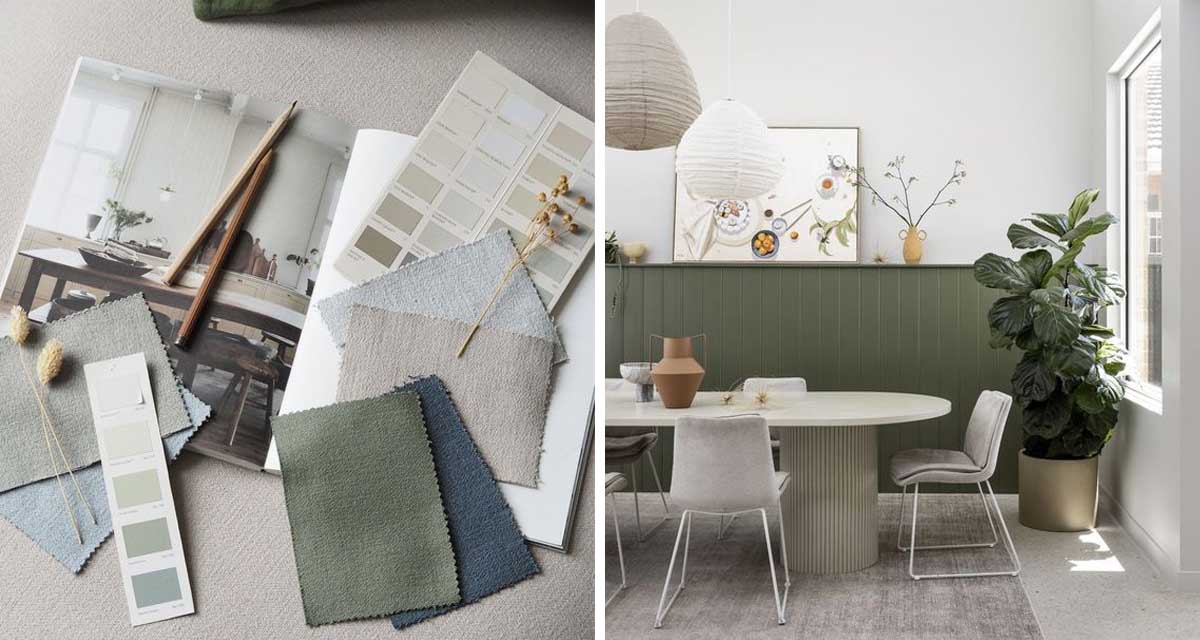
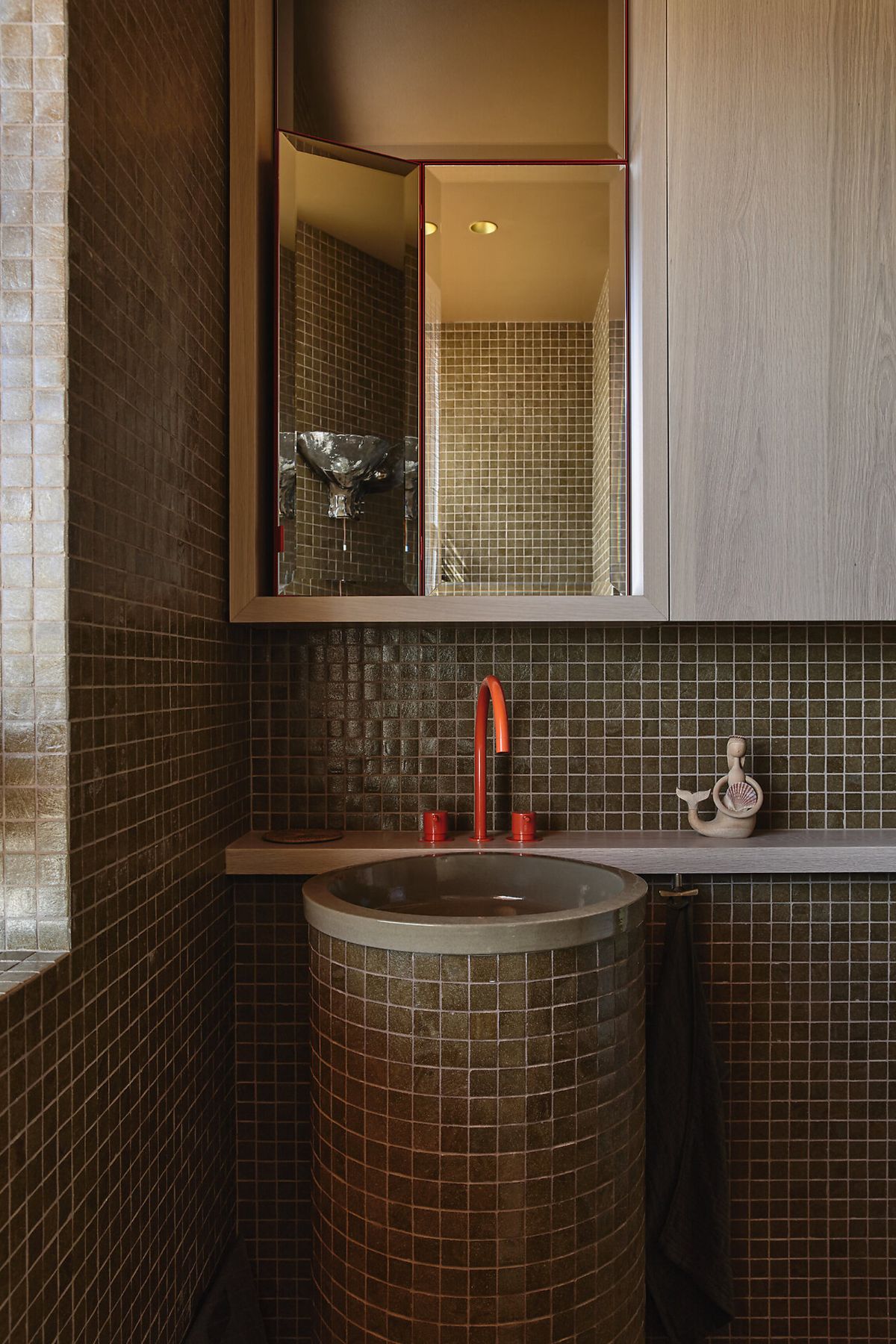
Images via Cate Still and Alison Lewis Interiors
We know it’s tempting to jump right in and start making decisions straight away but our best advice is to back up the truck and don’t start moving again until your concept board is done and dusted. We promise you’ll thank us later!
As designers we know that getting our clients involved in the design process from the start makes a huge difference to the outcome. While we may all think we are talking about the same thing, it isn’t until you see the concept visualised that you realise you may be talking about completely different ideas, finishes or colours. A picture is worth a thousand words, but mood boards are there to tell a story. They are there to bridge the gap between our thoughts and bringing ideas to life. In the long run this also creates less back and forwards and less frustration with the process when everyone has the same vision and end goal in mind.
When it comes to creating your own boards, remember to cover all the elements you’ll need in your space – colour, materials, finishes, furniture and lighting – so that your board is representative of the overall style you are looking to create.
Then mix these images with other images that inspire the style you are after. For example if you are looking to create your perfect beach house, include images of the beach and the location that inspires your home so that you can see all the elements working together.
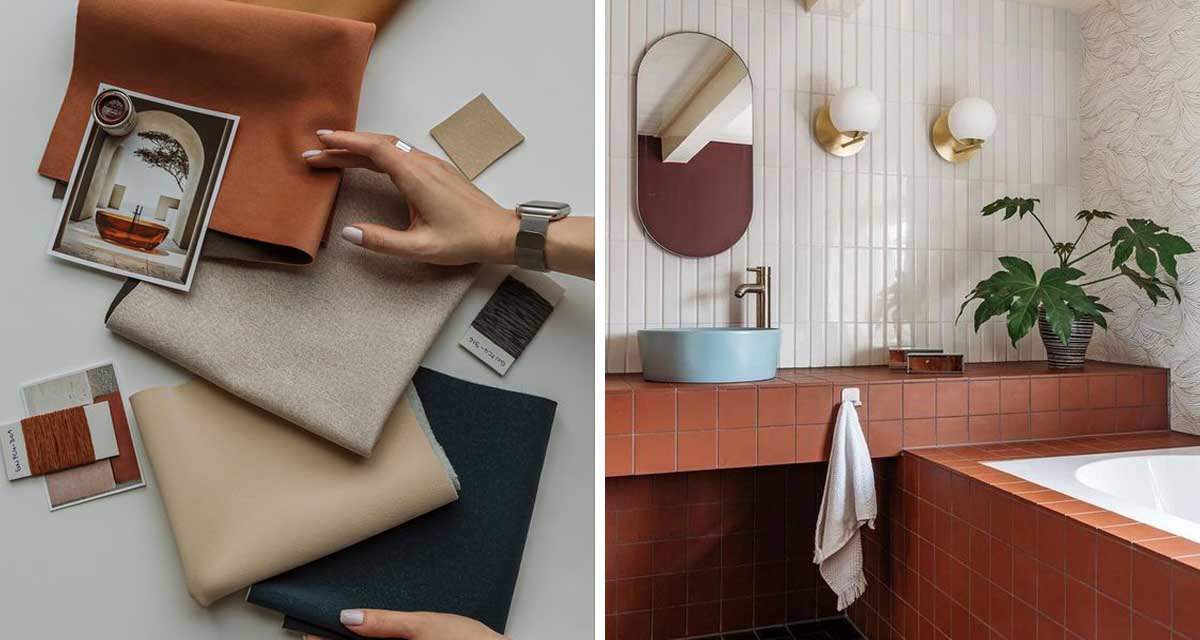
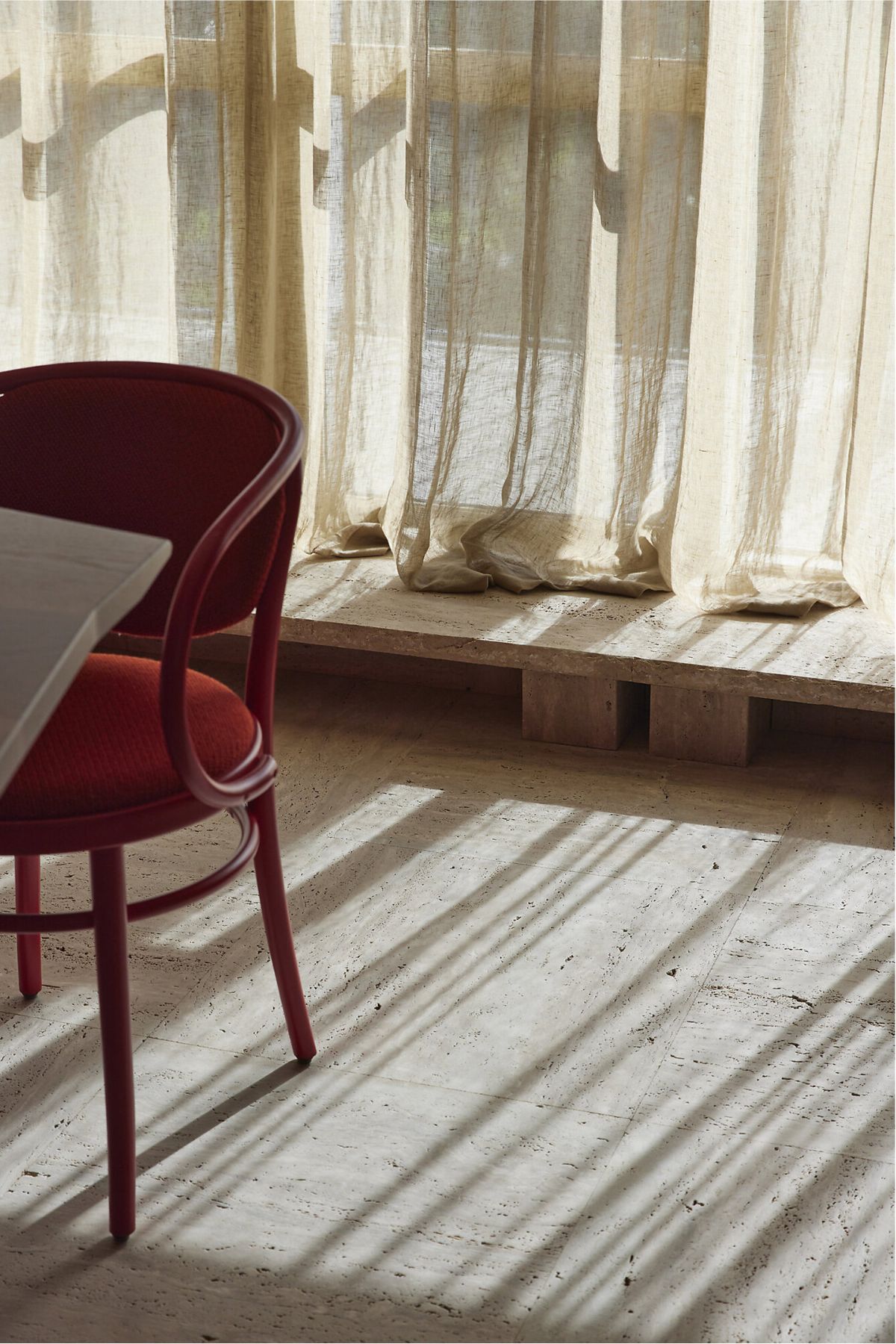
Images via Pinterest and Pinterest
Further down the line you’ll need to focus on the details, and if you’re still finding the process overwhelming it can be helpful to put the details, such as switches, power outlets, door handles, windows, doors, stairs etc into boards of their own. This helps create clarity for each element, gets you focussed and helps you refine your preferences.
The details are often where people fall apart when it comes to decision making at crunch time, so the more you’ve thought about it the more compelling and authentic your end result will be.
Creating sample mood boards are also an excellent way to experiment with colour and texture before committing to a design style.
As you start your project, whether that means sourcing furniture or gutting a house, it is easy to get sidetracked by the many options presented to you and decisions to make. Having a mood board is the perfect way to keep all your initial ideas and goals in one place, to keep you on track with your vision and help you make decisions along the way.
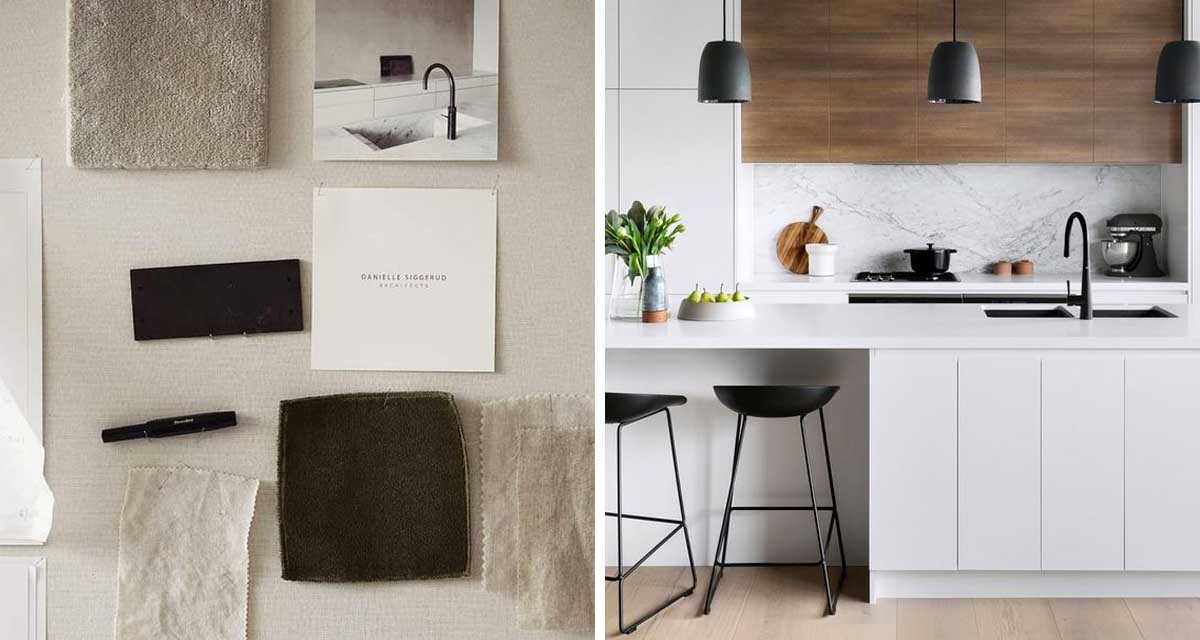
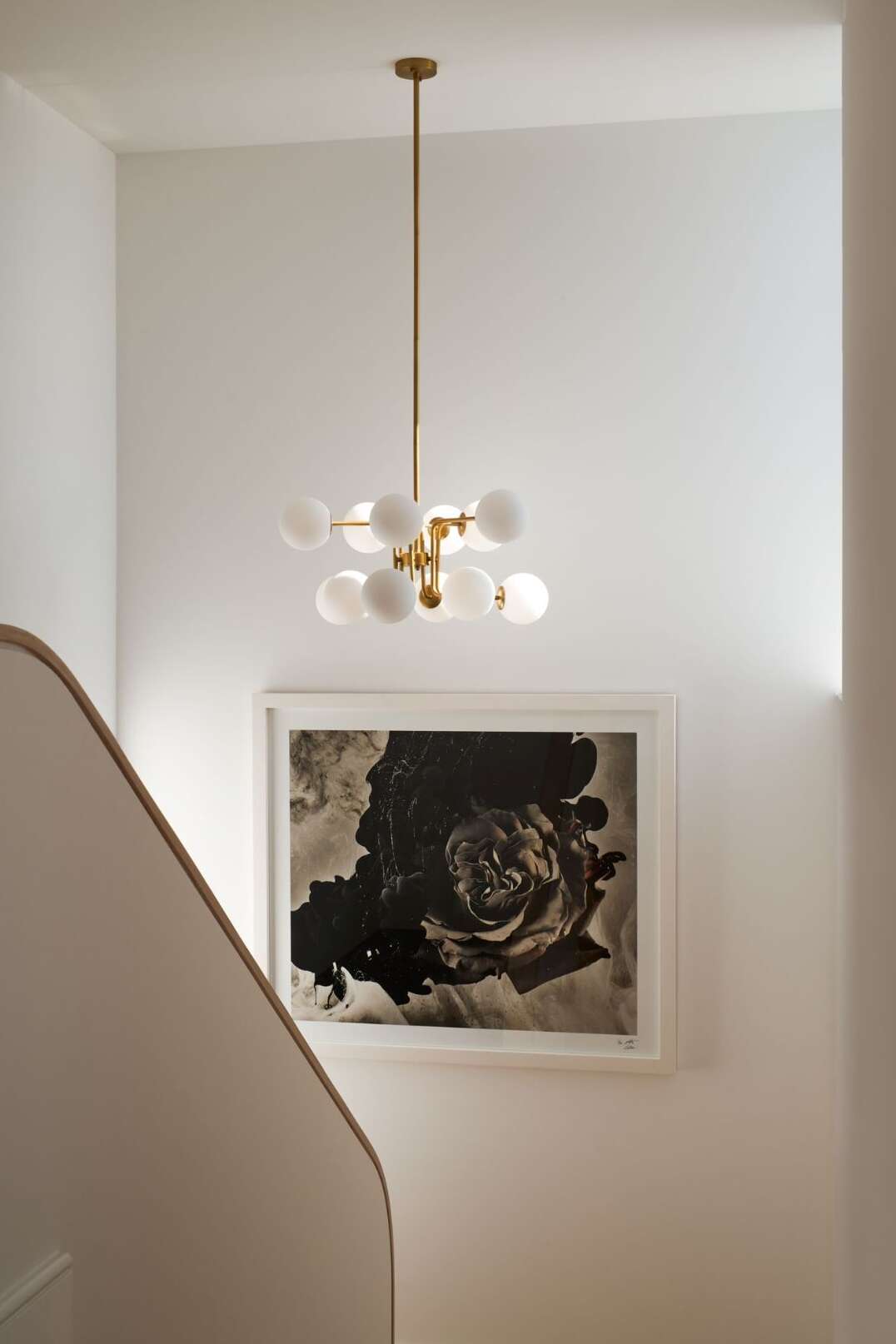
Images via Audo, Backsplash, and Eyeswoon


